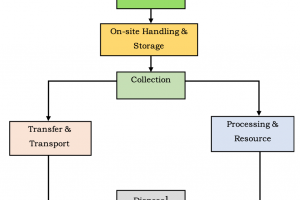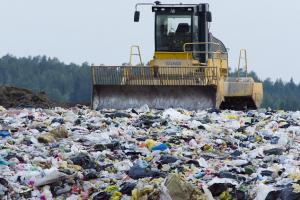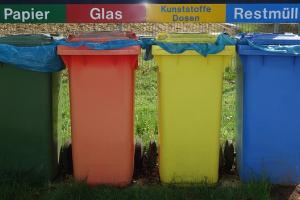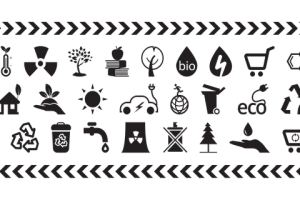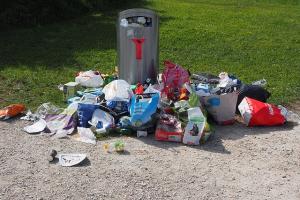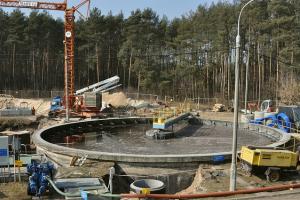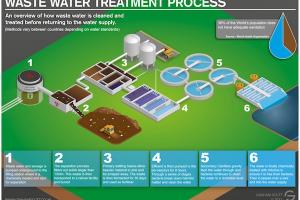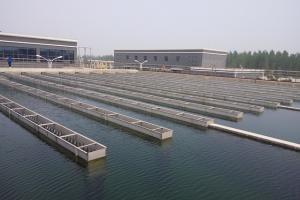Collection of Data on Solid Wastes
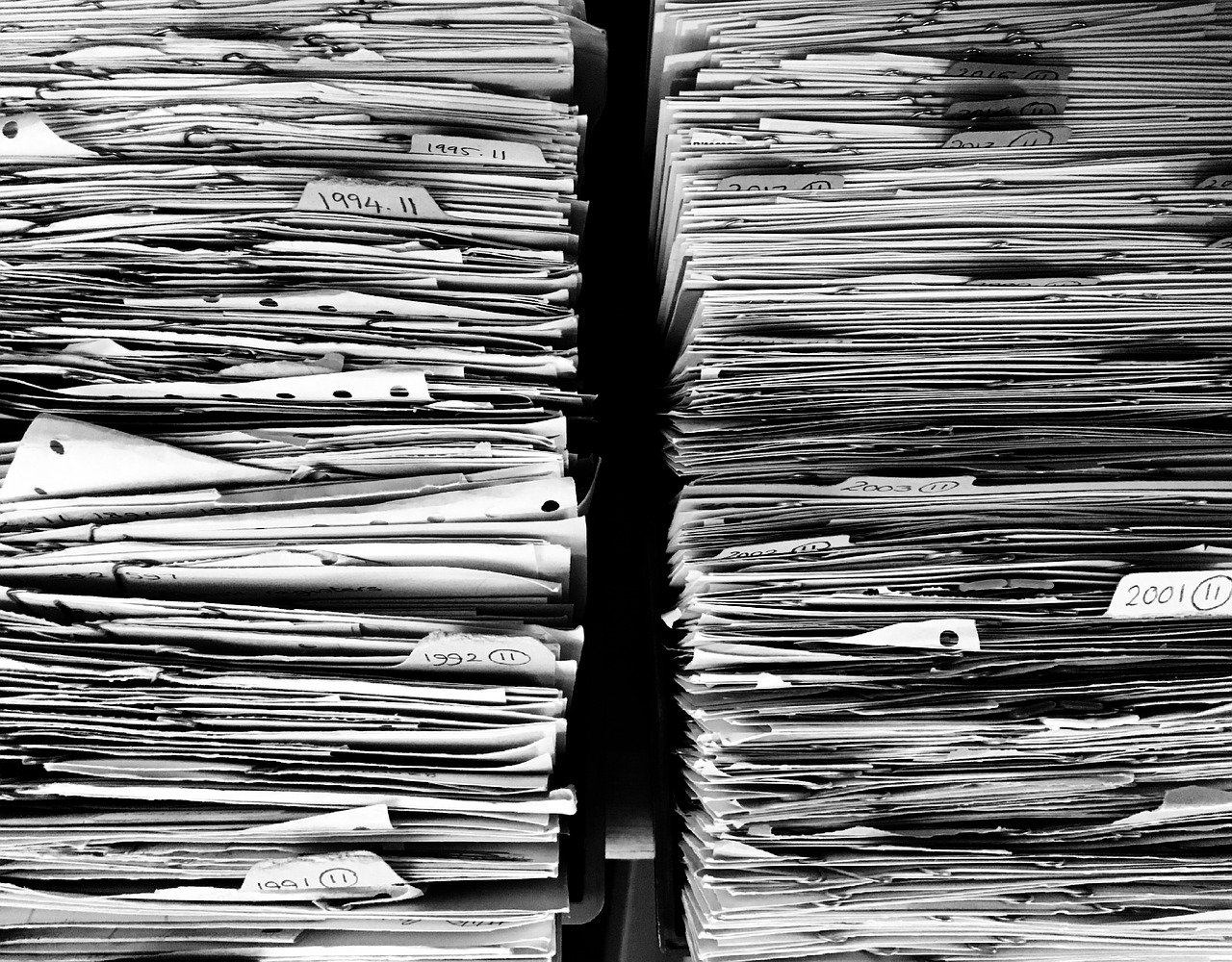
In this section we will present various steps on collection of data on solid wastes, its presentation and information derived from this data. This data is useful in generating comprehensive information on the quantity and type of recyclables and recoverable materials / energy to prioritize the recovery opportunities. The information inferred from the data plays a pivotal role in making key decisions about collection mechanisms to adopt, resource allocation and optimization, planning and optimizing collection frequency and collection routes. It also helps in developing a baseline for continued long-term measurement of overall system performance and efficiency.
It may be noted that data collection studies are costly, time consuming and to some extent, complicated. Therefore, these studies may be minimized to the level, where sufficient data could be made available to take appropriate decisions and to formulate integrated solid waste management plan.
It is very important that boundaries of areas of responsibility of respective Town Municipal Administrations (TMAs) be clearly identified and demarcated and that data collection methodology and analysis procedures are set beforehand for collection of data on solid wastes.
Map Generation
The first step for collection of data on solid wastes is to clearly identify the administrative boundaries along with various demographic, socio-economic, residential and industrial zones. The next step is to obtain the following data:
- Time-series data (if available) of the population and future projections.
- Distribution of population among various zones.
- Information regarding socio-economic patterns and their effects over current future solid waste generation levels and trends.
- Total number of households in a residential areas of each socio-economic zone.
- Average number of members in each household within the various socio-economic zones.
- Information on the size and number of commercial areas, according to their type or clusters based on specific types and amount of waste generated.
Sample Collection
Once the information on the demarcation of various waste sectors and their generation rates is available, the next step would be to set the procedures for data collection, analysis and presentation. For data analysis, the important considerations would be to produce the results, which are representative with high confidence levels with minimum costs. Another important consideration is the future projections, incorporating population, socio-economic growth and technological development. The steps required for data collection are explained below:
Number of Samples
This is the most important decision to be taken in any data collection study and the choice depends on many objective and subjective factors. Primarily, the number of samples depend on the cost of collection versus accuracy and confidence level. There are statistical procedures to calculate the number of samples at each confidence level. The table below gives an idea of how many samples may be required to achieve a confidence level of 70%, depending on various materials that we expect to find predominantly in the solid waste composition.
The difference in number of samples for residential and commercial waste is due to the level of variation in waste between these two sectors. The number of samples for each material is similarly influenced by level of variation of those materials in the samples. Usually, the material contributing a higher percentage to the overall waste composition will require fewer samples and vice versa. The number of samples also depends on whether samples are analyzed visually or by hand sorting. The former would require a higher number of samples.
Timing for Sample Collection and Seasonal Variations
To get a representative data, the timing of sample collection (time of the day or week) and seasonal variation (summer, winter etc. or holidays or festivals etc.) could be a vital factor. Waste disposal patterns, with respect to types of materials, often vary according to the time of day or week, or during various seasons. Therefore, based on the economic viability, the study should include plans either:
- To collect data that covers the entire period of disposal, or
- To collect data that may be assembled later in a way that represents the entire period.
In most cases it is recommended that a pilot survey be carried out to determine the variations either across the different timings of the day or the different days of the week. This survey would also be useful to plan the data collection activities, as it will be very costly and time consuming to collect data during all the seasons for all type of waste streams.
Selection of Sites for Collection of Data on Solid Wastes
The samples may be taken either directly from generators or at the primary collection point (piles/heaps). The samples may also be collected from waste collection vehicles or at a disposal facility. The decision in this regard depends on the trade-off between efforts and the requirements for data. If the data has to be very accurate with respect to waste generators, then samples should be collected at the primary stage of waste generation. Furthermore, the timing of sample collection would differ based on the decision for its site for collection. For selection of sites, it is important to ensure that samples are randomly selected across the different sites for unbiased statistical analysis.
Methods for Sample Analysis
An appropriate methodology would be required to analyze the samples. There are a few common methods, adopted to analyze the samples at generation point, from vehicles transporting waste and at the disposal point. The data may slightly vary from one method to another. For example, for higher confidence level, extensive samples may be collected at generation point and could be analyzed by hand sorting. These methods also differ in terms of cost and efforts. Therefore, depending on the information requirements, one, or a combination of the methods could be adopted to collect the information. These methods can be divided into two categories – first is for measuring the amount of waste or quantification of waste and the second, for characterization of waste. This could be further divided into characterization through visualization and through hand sorting.




